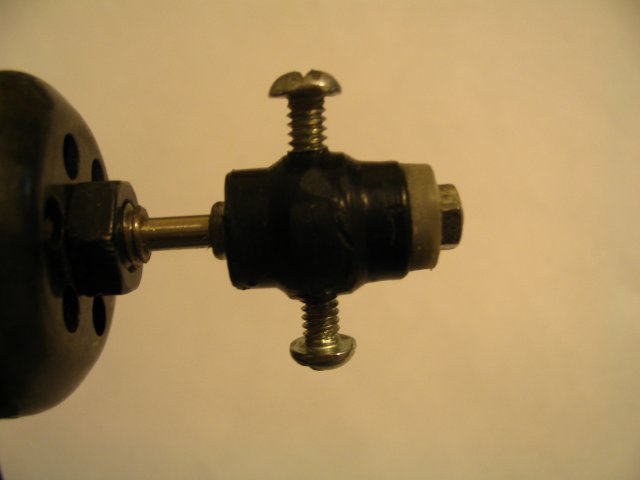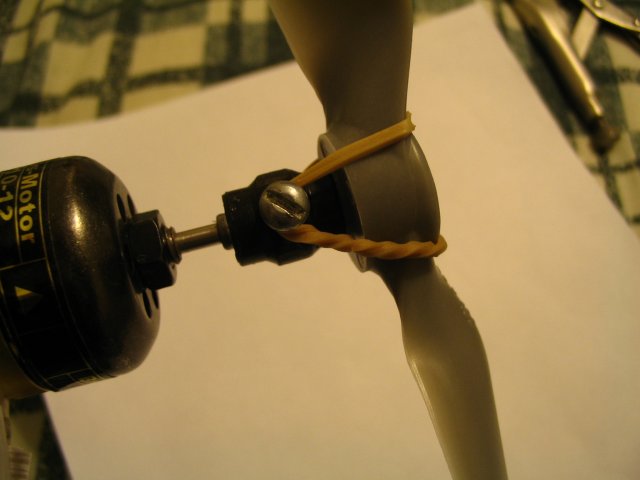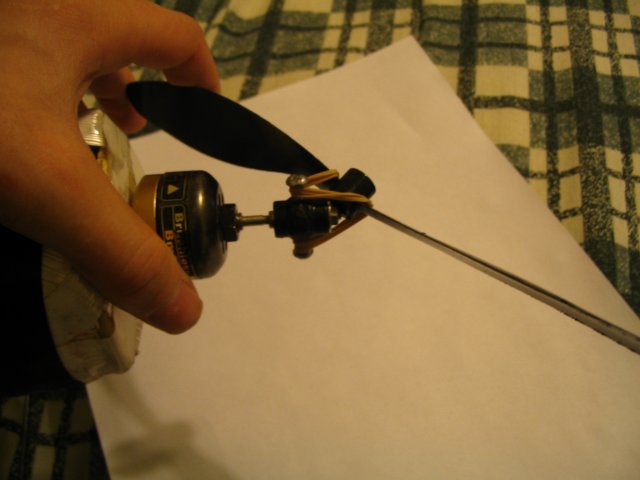All Posts (14056)
I have now written some initial telemetry code that extracts data from the internal data structures of the r,p,y code running on the UAV DevBoard. The code generates ASCII telemetry frames.
I will later make a binary telemetry frame format for better efficiency. If you have suggestions to the format, let me know. It would be nice to be compatible with the Ardustation.
What I would like to integrate in my UAV system in the future is an accurate height measurement unit (laser, radio, ultrasonic or pressure) as well as an airspeed indicator.
I will carry out some initial RF range testing later today or tonight.
This is fun!

I have now sucessfully sent rmat data from William Premierlanis green UAV dev board to the PC and displayed it with the pyton code developed by Brian Wolfe. I tailored the datagrams from the UAV Dev board to fit Brians format so I didnt have to recode the Python code.
Video:
I use a FTDI board attached to the spare serial port of the UAV Dev board. I send data as ints and the python code parses the data and converts to floats by dividing the modified Q15 format by 16384
The yaw axis drifts since the GPS is stationary, however its difficult to see that on this video. The accelleration compensated axes are stable due to the correction from the accellerometers.I have another video that I will post son that shows the drift of the yaw axis better. The yaw drift is no supprise by the way, as this system isn't supposed to give correct yaw information if the plane is stationary as it uses GPS for yaw correction. (The plane may drop to the ground if the groundspeed is zero unless the course is into headwind with airspeed over stall speed).
For a helicopter a three axis magnetic compass may be used for yaw correction. In fact I have a three axis electronic compass intended for use on my four rotor helicopter laying ready for some possible later testing if I get to dig deeper into the code.
(By the way look at the bottom board, not the red one hanging down. The red board is the UHF diversity RX for the telecommand link )
I plan on doing some flight testing with telemetry soon.






AerialRobotics EasyUAV Scenario 3 high-altitude video from Krzysztof Bosak on Vimeo.